This didn’t get my vote because I reject the very notion that something like Broken Age is an “evolution” of the Adventure game genre, when it is pretty clear that it is an offshoot instead of “the norm” and was discussed at length in other topics like here:
http://www.doublefine.com/forums/viewthread/12483/
There was also a thread with a documentary regarding the history of Adventure games in this thread over here and while it is not entirely accurate in the latter parts it did get a lot of things right early on:
http://www.doublefine.com/forums/viewthread/6621/
See also:
http://arstechnica.com/features/2005/10/gaming-evolution/5/
Here is also a very helpful chronological list of graphical Adventure games:
http://en.wikipedia.org/wiki/List_of_graphic_adventure_games
Basically the genre started off with
Text Adventures during the mid-70s and early 80s like Zork:
Then the term “Adventure” and the legacy was pretty much coined with the AGI style games rendered in
160x200 and early CGA era graphics starting with King’s Quest in 1984 which mostly still relied on text parsers though they had a graphical representation of what was happening:
Then continued the
EGA style Adventures in 320x200 and with them improved colors and clickable interfaces/verbs with Maniac Mansion (1987), Zak McKracken (1988) and Space Quest III (1989) that also supported mouse movement:
Various other influential titles from these eras: King’s Quest I-IV (1984-1988), Space Quest I-III (1986-1989), Shadowgate (1987), Police Quest 1-2 (1987/1989), Leisure Suit Larry 1-3 (1987-1989), Indiana Jones and the Last Crusade (1989), Quest for Glory 1-2 (1989/1990), Conquests of Camelot: The Search for the Grail (1990)
And finally early
QVGA Adventures in 320x200 and beyond like The Secret of Monkey Island (1990), King’s Quest V (1990), Leisure Suit Larry 5-6 (1991/1993) or the Re-release of Loom (1991):
Various other influential titles from this era: King’s Quest V-VI (1990/1992), Space Quest IV-V (1991/1993), Conquests of the Longbow: The Legend of Robin Hood (1991), Gobliins 1-3 (1991-1993), Lure of the Temptress (1992), Star Trek: 25th Anniversary/Judgment Rites (1992/1993), Indiana Jones and the Fate of Atlantis (1992), Quest for Glory 3-4 (1992/1993)
Other titles like Sam&Max;: Hit the Road (1993), Day of the Tentacle (1993), Simon the Sorcerer (1993), Full Throttle (1995) or Discworld (1995) largely stayed at these low pixel resolutions but improved and
refined the art and drawing style, as well as the interface a lot:
Various other influential titles from this era: The Lost Files of Sherlock Holmes: The Case of the Serrated Scalpel (1992), Gabriel Knight (1993), Beneath a Steel Sky (1994), Death Gate (1994), Legend of Kyrandia 3: Malcolm’s Revenge (Pre-Rendered 3D) (1994), Simon the Sorcerer II (1995), The Dig (1995), Flight of the Amazon Queen (1995), Kingdom O’Magic (Pre-Rendered 3D) (1996), Chewy: Escape from F5 (1997)
Then there was the sub-genre of
3D First Person Adventure/Puzzle games that Myst created in 1993 and was continued with titles like Riven (1997) and Uru (2003), which had a lot of clones over the years and is especially getting a resurgence nowadays with a lot of Indie titles like Dream, Homesick, Montague’s Mount, Obduction, Ether One, Cradle, Kairo, The Witness, XING and so on but I’m not sure I would effectively call a part of the “Graphic Adventure” game genre.
And there was the Mid-90s obsession with
FMV (Full Movie Video) or Interactive movie games sparked by the popularity of the CD-ROM that had been bubbling since the early 80s on laserdiscs with titles like Dragon’s Lair or Space Ace:
http://en.wikipedia.org/wiki/List_of_interactive_movies with titles like 7th Guest , Rebel Assault, Phantasmagoria, Gabriel Knight 2: The Beast Within or Urban Runner usually running at common 640x480 VGA resolution and kind of dying off in the late 90s, although I guess titles like Fahrenheit or the late Heavy Rain/Beyond: Two Souls could be counted as a 3D continuation of the particular sub-genre.
Later titles like Discworld II (1996), Toonstruck (1996) or Curse of Monkey Island (1997) kept a more detailed painterly/comic drawing style at
VGA resolution (640x480):
Various other influential titles from this era: Woodruff and the Schnibble of Azimuth (1994), King’s Quest VII: The Princeless Bride (1994), Torin’s Passage (1995), Space Quest 6: The Spinal Frontier (1995), The Next Generation – A Final Unity (1995), I Have No Mouth and I Must Scream (1995), Beavis and Butt-head in Virtual Stupidity (1995), Shannara (1995), Leisure Suit Larry: Love for Sail! (1996), The Neverhood (Claymation) (1996), The Gene Machine (1996), Broken Sword: Shadow of the Templars (1996), Ace Ventura (1996), Orion Burger (1996), Broken Sword II: The Smoking Mirror (1997), Tony Tough (1997), The Last Express (1997), The Feeble Files (1997), Jack Orlando (1997), Blade Runner (1997), Sanitarium (1998), The Longest Journey (Pre-Rendered 3D) (1999), Gilbert Goodmate (2001)
Finally we had the largely dreaded
early 3D Adventure game era largely driven by the success of the PlayStation and later PlayStation 2 and the subsequent death of the Adventure genre in the “Mainstream” with a few titles managing to pull it off relatively well aside from the controls like Grim Fandango (1998) or Discworld Noir (1999):
And others not so much like Quest for Glory V (1998), Escape from Monkey Island (2000), Simon the Sorcerer 3D (2002) and so on that were merely a pale imitation of what people loved about them in the first place.
Various other influential titles from this era: King’s Quest: Mask of Eternity (1998), Gabriel Knight 3 (1999), Alone in the Dark: The New Nightmare (2001), Broken Sword: The Sleeping Dragon (2003), Leisure Suit Larry: Magna Cum Laude (2004), Fahrenheit (2005), Broken Sword: The Angel of Death (2006)
And here’s where we diverge in opinion, because during this time there were largely still European companies continuing to produce mediocre/moderate to high-quality
hand-painted 2D Adventure games: Runaway 1-3 (2001-2009), Clever & Smart – A Movie Adventure (2004), Secret Files Tunguska 1-3 (2006-2012), A Vampyre Story (2008), So Blonde (2008), Edna bricht aus (2008), Machinarium (2009), Emerald City Confidential (2009), The Whispered World (2009), Hector: Badge of Carnage (2010), A New Beginning (2010), Gray Matter (2010), Jolly Rover (2010), The Next Big Thing (2011), Dark Eye: Chains of Satinav (2011), Captain Morgane and the Golden Turtle (2012), Deponia 1-3 (2012-2013), Yesterday (2012), Broken Sword 5 (2013), The Night of the Rabbit (2013), Memoria (2013)
As well as
3D Adventure games: Syberia 1-2 (2001/2004), Largo Winch (2002), Sherlock Holmes Series by Frogwares (2002-2014), Black Mirror 1-2 (2003/2009), Still Life 1-2 (2005/2009), Ankh 1-3 (2005-2007), Dreamfall (2006), Tony Tough 2 (2006), Sam & Max Seasons by Telltale (2006-2010), Jack Keane 1-2 (2007-2013), Ceville (2009), Wallace and Gromit Adventures by Telltale (2008), Tales of Monkey Island by Telltale (2009), Ghost Pirates of Vooju Island (2009), The Book of Unwritten Tales (2009), Back to the Future by Telltale (2010), Haunted (2012), The Raven – Legacy of a Master Thief (2013)
The main difference of the first two categories that most of the late ones have so far been produced with High Definition in mind.
But there are even new
Pixel Adventures: 5 Days a Stranger/7 Days a Skeptic/Trillby’s Notes/6 Days a Sacrifice (2003-2007), The Blackwell Series (2006-2014), The Shivah (2006/2013), Ben There Dan That (2008), Gemini Rue (2011), Resonance (2012), Primordia (2012)
With many other KickStarter Adventures incoming, for instance I’ve been playing the Quest for Glory I QVGA Remake from 1991 for the first time since I missed the series when it came out and am currently playing the fan made AGD Remake of Quest for Glory II from 2008 and planning to continue with at least III and IV which were QVGA 320x200 when they were released (and still look relatively great today) in order to play some of the new Quest for Glory-likes that are being released and have something to compare them to.
For instance Heroine’s Quest, which was released not too long ago and is free:
http://www.crystalshard.net/hq.htm
And when they come out Quest for Infamy:
http://www.youtube.com/watch?v=v8HmIJpHudo&hd=1
And Mage’s Initiation:
http://www.youtube.com/watch?v=WswY9nmN_gY&hd=1
It’s very presumptuous to assume that just because many of the bigger US publishers and developers haven’t been very interested in the genre for a while it stood still and I see Broken Age more as a dead end than an “evolution” even if that might not be the most popular opinion around here.

I would pick any one of these directions as an "evolution" rather than "Broken Age" style games, of which there aren't very many around.






















 , but as long as they are producing 2-3 other normal Adventures we'll have to wait and see. So far it doesn't seem to be the sign that they're already going full retard.
, but as long as they are producing 2-3 other normal Adventures we'll have to wait and see. So far it doesn't seem to be the sign that they're already going full retard.
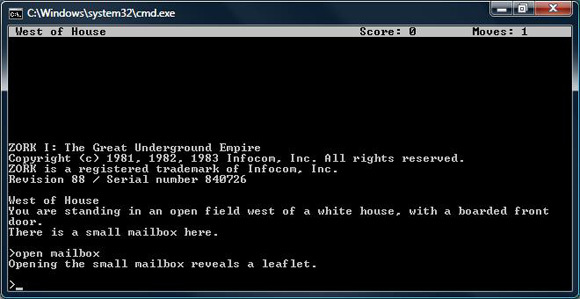
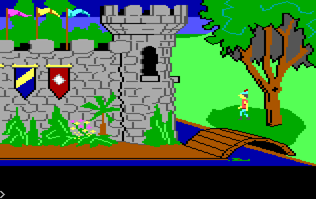
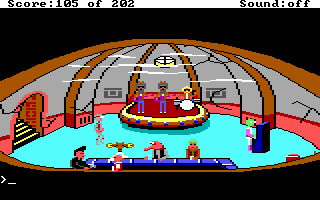



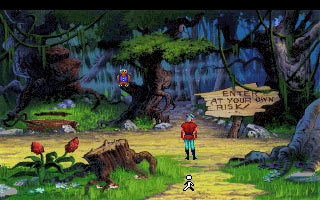
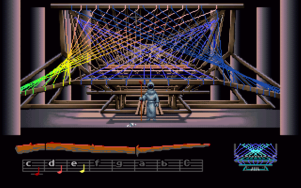
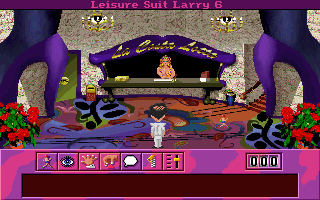
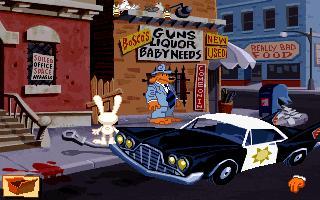
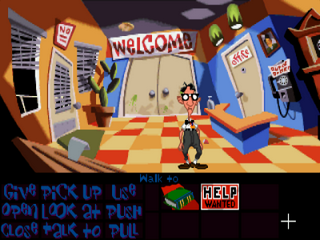
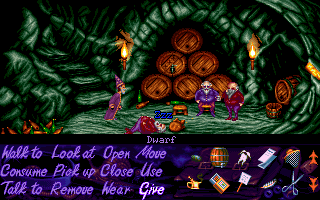
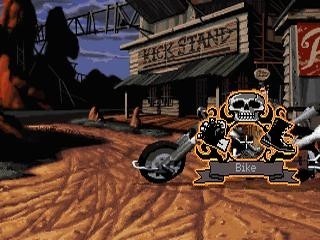

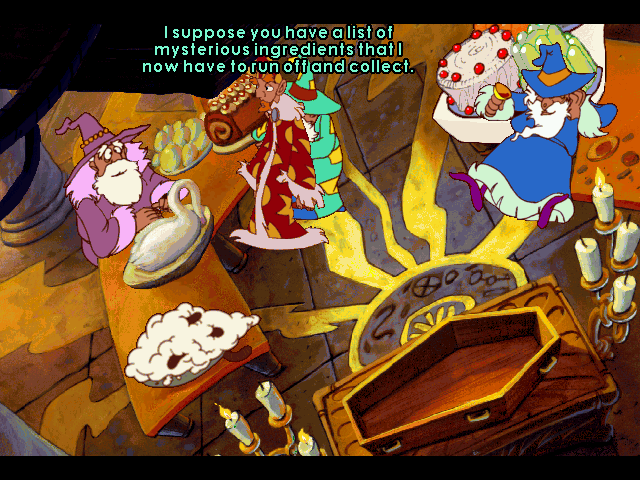


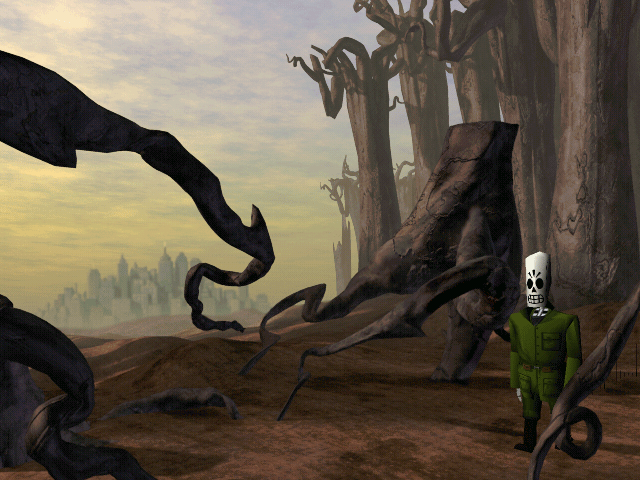
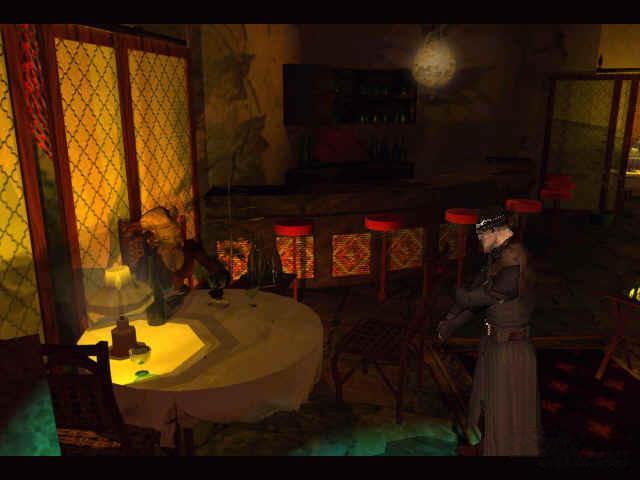
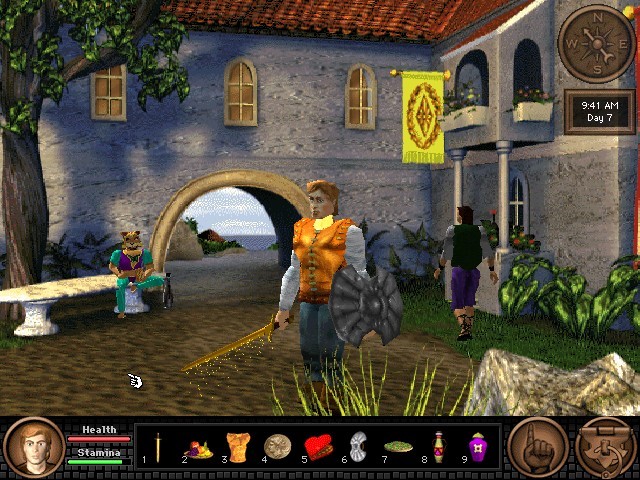



![The Year of Incline [2014] Codex 2014](/forums/smiles/campaign_tags/campaign_incline2014.png)





